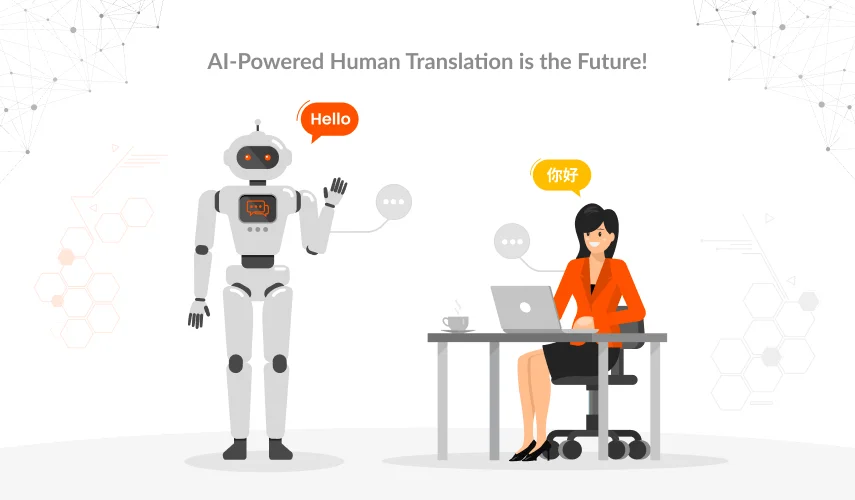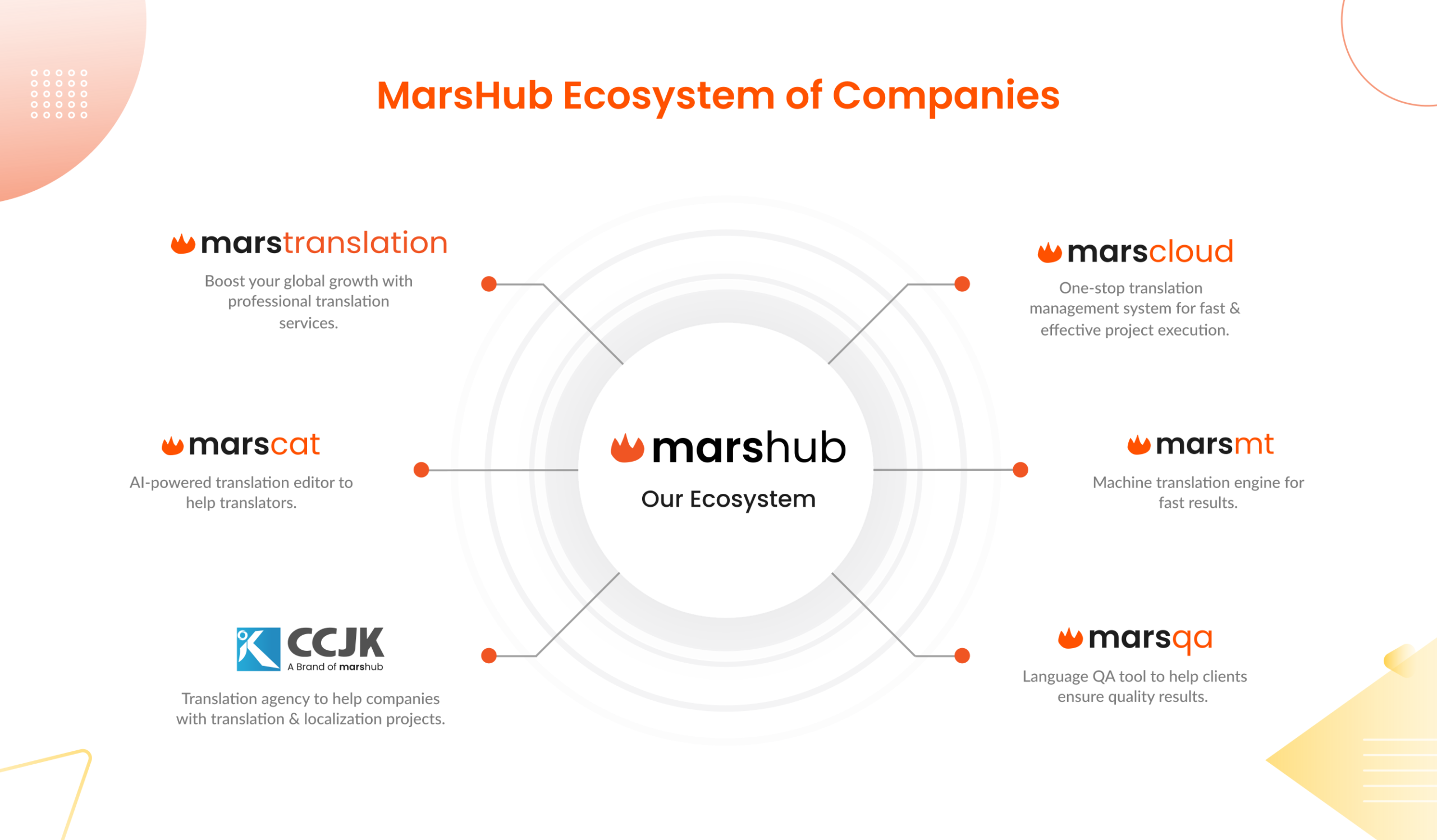We are living in an era of massive globalization. In this world of free markets with fewer trade restrictions, businesses get enormous opportunities to take over international markets. However, it is not as easy and simple as it may sound. To make your business thrive in international markets, you have to get away with cultural diversity and language barriers. Business strategies that are working for you in local markets, might not be suitable for other regions.
So, you have to adapt your brand to local preferences to make it resonate with local audiences. Now, the question here is, how to do localization the right way.
The best way to learn localization is through famous brands that are already capturing the global markets and making big profits. Let’s have a look at the localization strategies of global brands and get some valuable localization lessons.
Companies With Exceptional Brand Localization
When it comes to targeting global markets, localization is one of the major aspects to consider. You can’t simply jump into foreign markets; you have to adapt certain aspects of your brand to local preferences. This is the only way to get more foreign customers attracted to your brand, and you can also convince them to buy from you. However, to make the localization work in your favor, you have to push all the right buttons to build a robust localization strategy. Following are some major brands you can learn localization from.
1. Netflix
In today’s world, no one is doing its localization like Netflix; they are acing the localization of games globally. Being one of the biggest media streaming companies, Netflix has over 75 million subscribers worldwide. Rather than representing itself as an American-only platform, this company has shown huge admiration for regional cultures and languages. The audience can see original series and movies from around the world that are dubbed in a way that the authenticity of the message remains unaltered. Content producers create content in their original languages that are afterward dubbed in regional languages, or provided subtitles.
They put local audience preferences on top, and make their mobile app look as local as possible. From languages to design and recommendations, everything is tailored to local audience needs. What you see on their mobile app interface depends on your country’s region, culture, and personal preferences.
Lesson: Cultural admiration and inclusivity indeed go a long way for your brand.
2. McDonald’s
It is the world’s leading fast-food chain, and people lovin’ it. Their adaptation to local cultures and ability to innovate help them maintain their success in the global market. Whenever McDonald’s enters a new market, it adapts itself to local food habits, customer demographics, and other economic factors. Though Mcdonald’s is a fast-food company, still they keep adding healthier options to their menus to address the needs of slightly health-conscious people. Unlike many other food brands, McDonald’s never restricts itself to just one menu worldwide. For instance, in India, you would find a veg burger (MacAloo Tikki). Similarly, in France, you will find more sweet snack options on their menu.
The name of food items is also giving a local food culture feel, so people don’t think it’s a foreign brand selling exotic food.
Lesson: Adapt yourself to local food cultures, yet stay true to your brand identity.
3. Coca Cola
Coca-Cola is an American beverage brand that represents the American lifestyle in its brand messaging, yet it’s famous in all parts of the world. From the poorest villages of Africa to the Chinese market with many trade restrictions, you will find Coca-Cola almost everywhere. What makes this drink so iconic is that it has made its way to the most challenging markets.
Coke builds its distribution centers in the regions, employing the local people, and making the beverage locally to save the shipment cost. Moreover, it does not just reduce the cost of manufacturing but also makes Coke easily accessible to the masses. Considering the cultural diversification, Coca-Cola has positioned its brand in a way to creates a sense of belonging with the beverage. The company focuses on understanding local buying behavior and creating an influence on customers through its brand localization.
Lesson: Think local, act local; and sell the best “experience” to customers.
4. Nike
It’s an international sportswear brand that uses unique ways to attract buyers from around the world. The company very well knows how to tap into any culture through innovative brand design that is both modern and classic at the same time. For instance, to attract young people to Chinese markets (Shanghai, Beijing, and Guangzhou), Nike came up with tiger, shark, and lion designs.
The other marketing campaign that Nike used to attract more people were “Come run with us”. Hundreds of people took part in this live running session at Nike. It didn’t just give their brand exposure in different markets but also brought the community together through this unique brand experience. The company also understands cultural diversification and tries to reflect the core culture of a region in its product with novelty.
Lesson: Create a sense of community and togetherness through your unique brand experience.
5. Airbnb
Airbnb has transformed the way people travel the world by making it easier and more economical for travelers to find residential places. People put their trust in Airbnb because it offers them a sense of freedom and security. Through its robust localization strategy, this brand has created excellent experiences for its users. On their app, the information is displayed in the native language of the user, and they have a translation button that allows the user to translate the text into their preferred languages.
The brand believes in inclusiveness and creating a sense of belonging with the local culture. Using this app, travelers feel more connected with the culture, instead of staying in a hotel. Airbnb has made remarkable changes to its localization strategy during the pandemic. They localized their emails, content, and notifications to stay connected with the world’s community.
Lesson: Listen deeply to the needs of the community, and make the crisis move in your favor.
6. PUBG
Probably, the most famous video game of the era, with more than 400 million players around the world. What makes PUBG so viral that gamers are obsessed with it? Well, the localization of PUBG plays a huge role in building a massive player base. Instead of creating an English-only game, they’ve translated the game into 11 different languages.
Every player can play the game in his language, so they enjoy the game and have a better user experience. When PUBG was first launched in China, the Chinese government was concerned about the violence in-game. To combat this issue, PUBG introduced a new version of PUBG in China and toned down the violence for Chinese audiences. Moreover, they have almost adapted the game to the Chinese socialist opinions. Now, around 19% of overall PUBG players are from China only.
Lesson: Respecting people’s beliefs and cultures would create endless brand opportunities.
Takeaways!
Localization is indeed an excellent technique that can skyrocket your brand’s success in the international market. We have plenty of technological tools, such as translation management systems, and CAT tools, to do it right. But first, you have to learn how to do it the right way. And, there is no one better than the top brands to learn from. You have to understand your audience’s needs and listen to their concerns carefully to conduct your brand efficiently. There is a lot of trial and error involved in the localization process, and there is still some possibility that something would go wrong. So, you must have all the required equipment with a solid plan to maximize your revenue in foreign markets. Netflix, McDonald’s, Coca-Cola, Nike, Airbnb, and PUBG are the finest examples of brand localization from world-famous companies.
There is a lot to learn from these brands, and it will help you get away with your brand expansion and localization challenges more efficiently.



